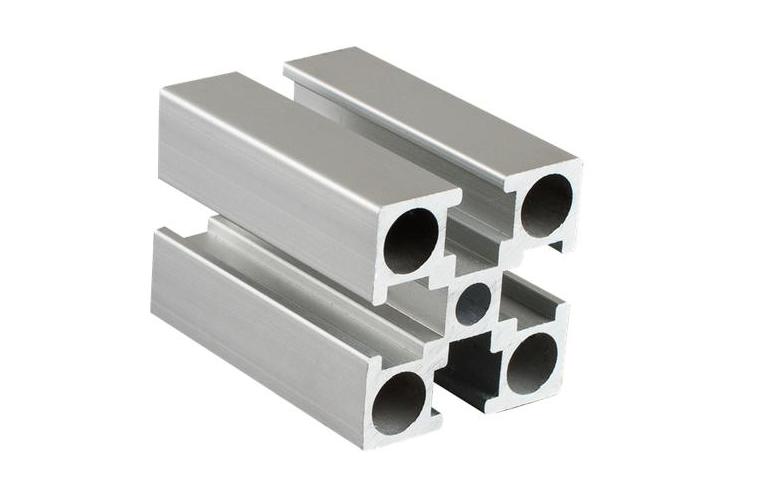English 




Views: 0 Author: Site Editor Publish Time: 2023-05-04 Origin: Site



Over the past few decades, the use of aluminum in construction, building, electronics, and various other industries has grown exponentially. One of the biggest driving factors behind this growth is the development of sophisticated extrusion processes that produce aluminum products that can be used for various purposes.
In this piece, we’ll explore what aluminum extrusion is, what makes it so useful, and the dimensions of one of today’s most popular extrusions - 3030 aluminum extrusion.
Let’s dive right in.

The aluminum extrusion process involves taking raw aluminum allow and heating it to begin with. Using a hydraulic ram, you then push it through a die with a pre-determined cross-sectional shape.
The process is easily comparable to when you squeeze a tube of toothpaste, with the tube being the extruder and the toothpaste being the aluminum alloy.
The two main types of extrusion techniques used today are indirect and direct extrusion. The choice of method will depend on the type of aluminum alloy you intend to use and the types of results you hope to achieve.
Also known as backward extrusion, this process involves moving the billet/container and the pre-heated aluminum while the die remains stationary. The machinists will attach a ‘stem’ to push the billet past the die. In order to be effective, the stem must be longer than the container. The consistent pressure and temperature achieved by indirect extrusion encourage better mechanical characteristics and grain structure in the final product.
This is the most commonly used extrusion method and involves placing heated aluminum into a container and pushing it through a die with a hydraulic ram. The ram is capable of producing thousands of tons of pressure on the heated aluminum, allowing for higher quality products for a wider range of alloys.
You can have your aluminum extrusion products in a plethora of designs, shapes, and sizes. The main categories include:
Solid Shapes: These products are designed without surface indentations, meaning they are of uniform shapes. They are solid rods or bars in the shapes of circles, squares, rectangles, etc.
Semi-Solid Shapes: These shapes include extrusion products with angles, channels, and other partly opened shapes.
A 3030-aluminum extrusion refers to a product with a specific profile size. 3030 aluminum extrusion features measurements of 30mm by 30mm, where it gets its name. On average, you may find that a 3030 piece of extruded aluminum measures 6.02 meters in length unless it is custom cut to the client’s specifications. The weight for such as segment may be approximately 1.05 kilograms per meter.
Top Aluminum Furnitures Manufacturers and Suppliers in Czech Republic
Top Aluminum Furnitures Manufacturers and Suppliers in Poland
Top Aluminum Furnitures Manufacturers and Suppliers in Belgium
Top Aluminum Furnitures Manufacturers and Suppliers in Finland
Top Aluminum Furnitures Manufacturers and Suppliers in Denmark
Top Aluminum Furnitures Manufacturers and Suppliers in Greece
Top Aluminum Furnitures Manufacturers and Suppliers in Portugal
Top Aluminum Furnitures Manufacturers and Suppliers in Austria
Top Aluminum Furnitures Manufacturers and Suppliers in Norway
Top Aluminum Furnitures Manufacturers and Suppliers in Sweden
